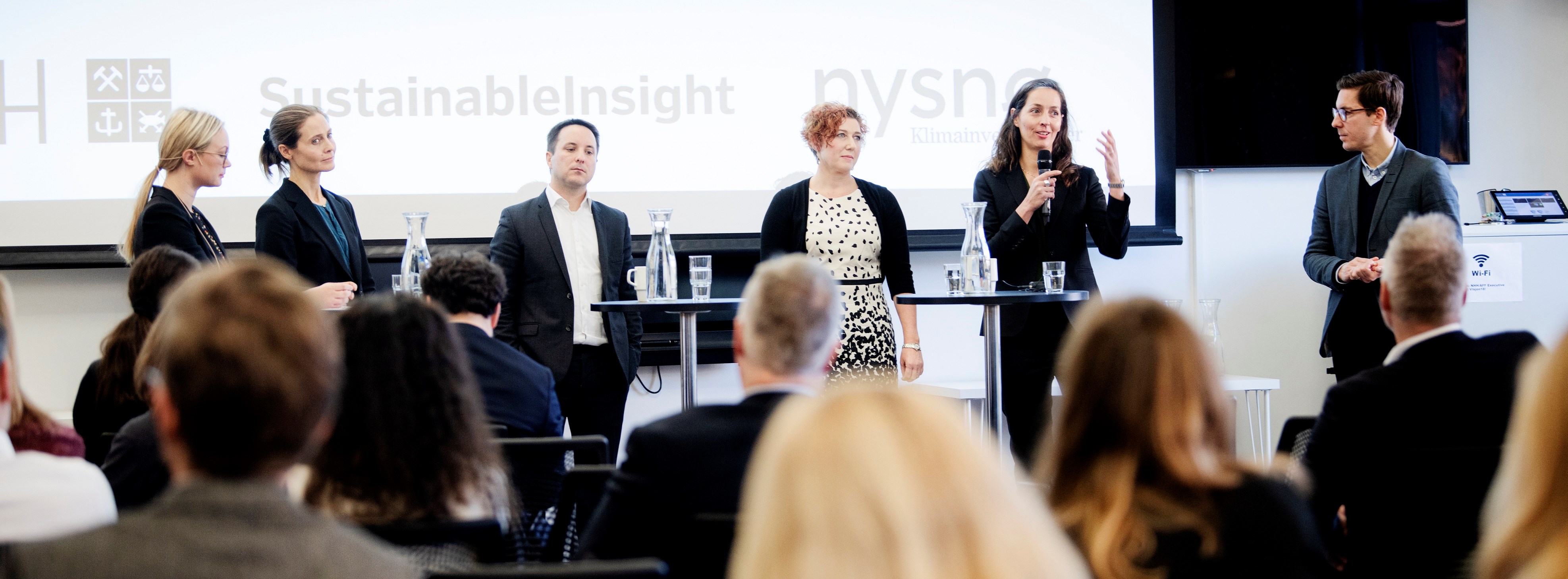
Investing in sustainability – but what are the effects?
Investors around the world are developing environmentally friendly solutions. The growth of green finance is accelerating at record speed. ‘They are now asking themselves how they can make the effects of their investments visible,’ says NHH researcher Carsten Bienz.
‘Globally, sustainable investments are changing the landscape. PE funds are increasingly investing in companies with a sustainable profile. Their challenge is: How to measure the effects – and communicate them?,’ says Carsten G. Bienz.
Bienz is Associate Professor at the Department of Finance and Head of the Argentum Centre for Private Equity, NHH. On Friday last week, NHH, SustainableInsight and Nysnø Klimainvesteringer organised the seminar CLIMATE INTEGRATION – REPORTING VS. ACHIEVING in cooperation with Norsk Venturekapitalforening.

SWEDISH PENSION FUND AP6
‘We need company owners and management to integrate sustainability into their business models if we are to solve sustainability problems. That is the first step,’ says Bienz.
Susanne Gløersen of SustainableInsight was one of the people who took the initiative for the seminar. She refers to, among others, Anna Follér, sustainability manager at the Swedish Public Pension Fund, AP6. The fund only invests in private equity – businesses that are not listed on the stock exchange.
‘In 2014, AP6 started measuring the carbon footprint of its portfolio,’ says Follér. This is a tool used by AP6 to ensure more transparency when it comes to carbon emissions in companies that are not listed on the stock exchange. AP6 integrated environmental considerations into its due diligence and follow-up of PE company management long before it became customary to do so.
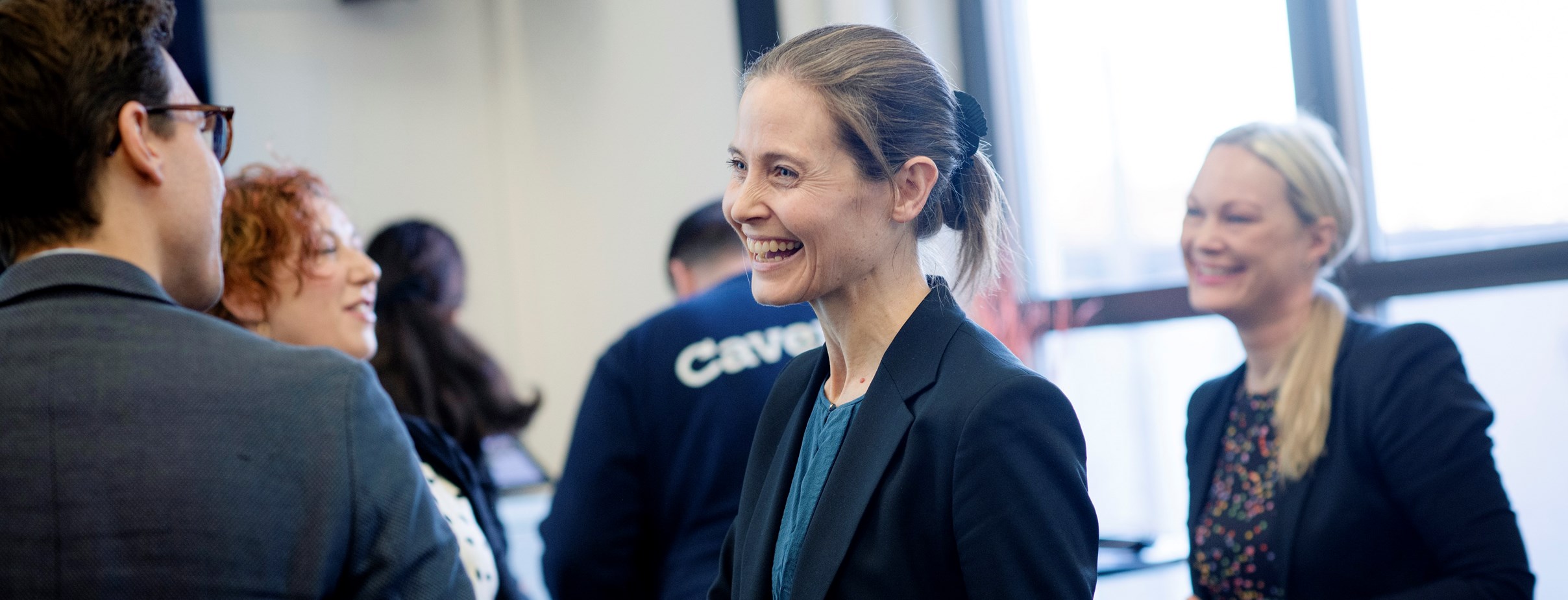
OPEN ABOUT THE PORTFOLIO’S CARBON EMISSIONS
‘There was a lot of pressure from both the owner and other stakeholders in society to make the AP funds more transparent with regards to carbon emissions in its portfolio. We asked ourselves back then what opportunities we had to respond to these expectations, which our colleagues in the AP funds do for listed shares,’ says Anna Follér.
‘Do you set carbon footprint targets?’
‘We do not set targets to decrease the carbon footprint of the portfolio – that would be the wrong incentive. In a PE portfolio, individual sales and/or acquisitions can have a major impact on the carbon emissions in the portfolio, due to changes to the business allocation,’ says the sustainability expert in AP6.
The Swedish fund wants transparency. They want more companies and managers to report data on their emissions, and thereby reduce their emissions.
‘In addition to carbon emissions, we also want a broader analysis of how climate change influences companies and funds in our portfolio. This could be a physical risk due to extreme weather and rising temperatures, or regulatory, market or brand risks related to the climate,’ says Follér.
RISK ANALYSIS
Rebecca C. Svensøy is General Counsel at FSN Capital Partners AS, which is an investment adviser to the FSN Capital Funds and has offices in Oslo, Stockholm, Copenhagen and Munich.
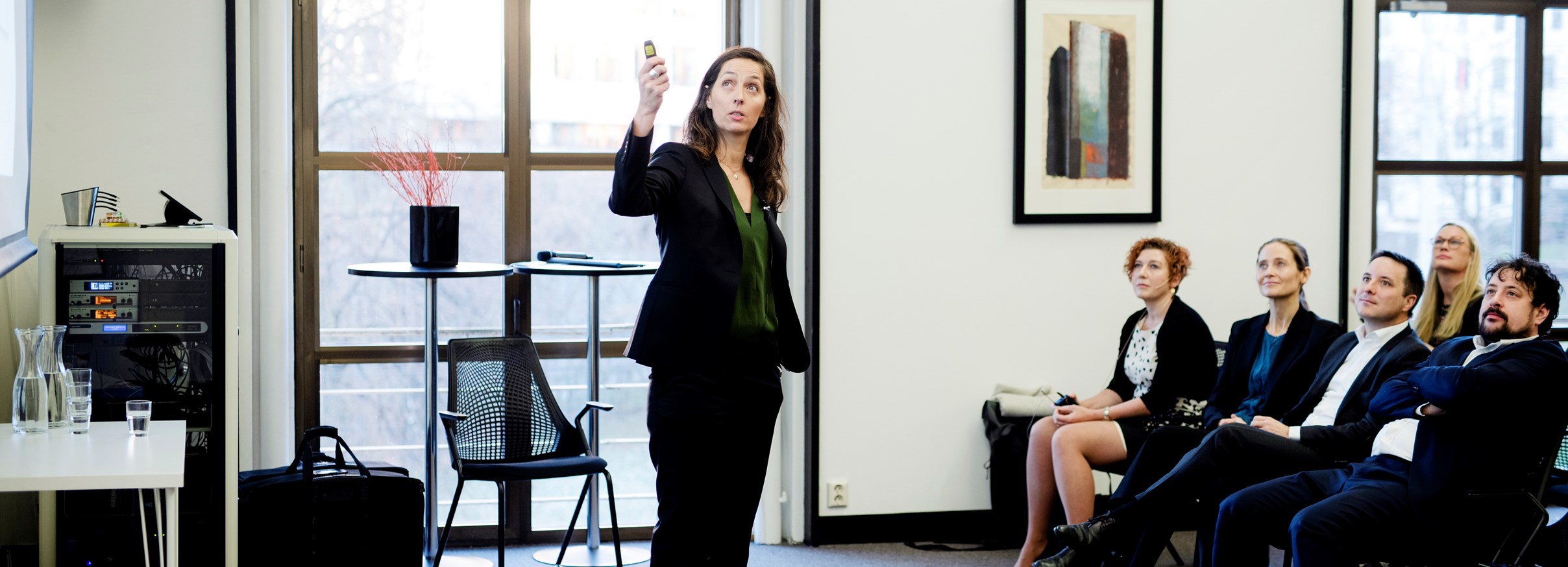
FSN Capital has established a team responsible for sustainable investments. They have developed a framework to gain more knowledge about ESG (environmental, social, governance) used in due diligence reports of potential acquisition objects, and in the holding period to follow up the portfolio companies.
Through the ESG framework, each company develops its own individual strategy through analysis and a prioritisation exercise. This enables the portfolio companies to be goal-oriented in their ESG work. In 2019, FSN Capital developed a climate module as part of the ESG framework.
‘We want to achieve several goals with our climate module. We want to build expertise in our investment team, but also in the portfolio and the companies' value chain. One aspect is the climate risk. Can a company’s value chain withstand climate change? We look at the whole value chain, and measure it against different scenarios. If there are areas that have a higher risk than others, we expect companies to develop a strategy to manage the risk.
Secondly, we are talking about making sustainable choices,’ says Svensøy. ‘Both because it is the right thing to do, but also because it's good business.’
THE MAN ON THE STREET
‘There are many opportunities for investors in the scenario where we transition into a low carbon society. In our stakeholder analyses, where we look at what customers want, we see an explosive change. The man on the street now has a completely different mindset about the climate and sustainability, and what they expect of the products they buy. There are opportunities if you manage to meet the customers’ wants and needs.’
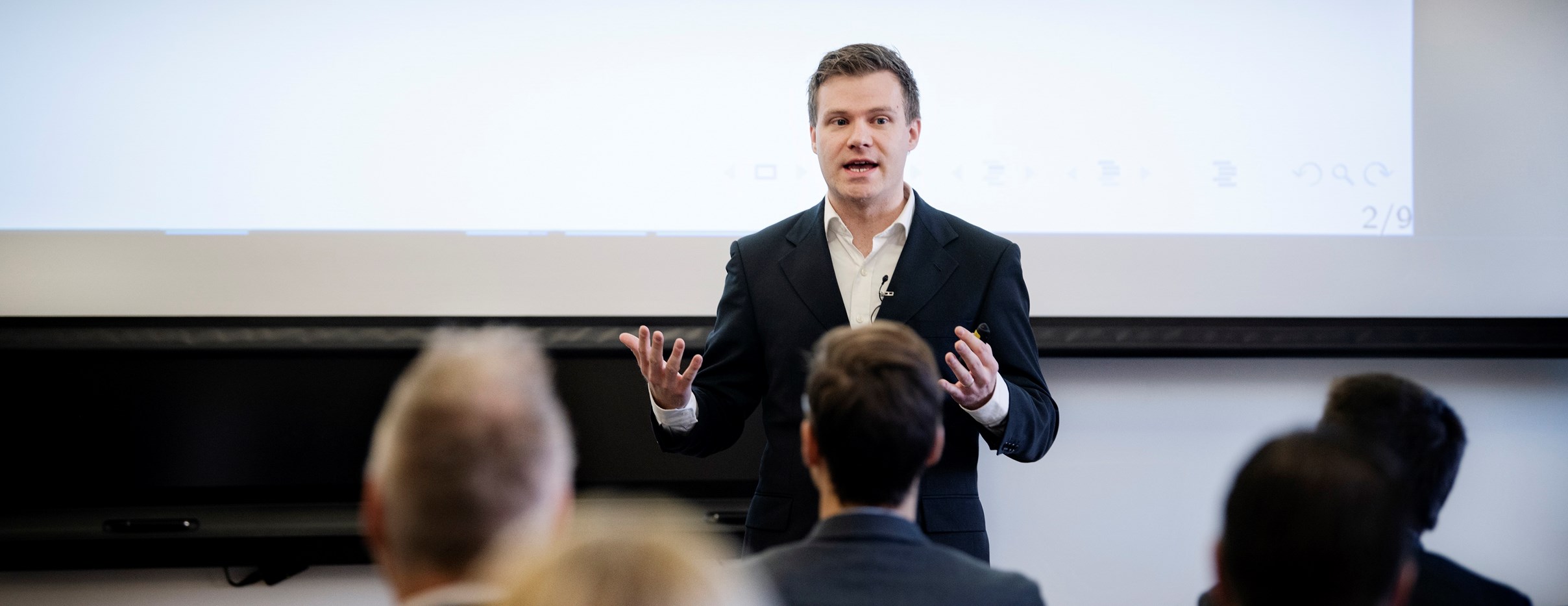
ONLY WINDOW DRESSING?
‘But is it more than just window dressing – and if so, what?’ asks professor and environmental economist at NHH Gunnar S. Eskeland, and adds:
‘I’m increasingly convinced that there's more to it. When the world changes, it's investments that makes it different.’
‘Yes, but both regulatory requirements and capital can affect things and change,’ says Svensøy of FSN Capital.
‘Can’t we all make changes such as taking the bus instead of the car,’ says Eskeland. Someone has to build these buses and systems. It is investors who pay, either to become more environmentally-friendly, or when they fail to be environmentally-friendly.
‘THE PACE MUST INCREASE AND MORE NEEDS TO BE DONE’
Susanne Gløersen is one of the people with the longest experience in the field of sustainable investments in Norway. She has worked in Carnegie, Nordea, and as a Sustainability Strategist at Formuesforvaltning. She has now founded her own consultancy company – SustainableInsight.
‘There has been a major – almost exponential – development. Sustainability and ESG’s financial relevance have gained a strong foothold. The sector has realised the urgency of climate change – both in relation to how it affects their investments, and, not least, the very important role that finance plays in driving change. The finance sector is exposed to – and invests across – most of the other sectors. They are now taking on this role and responsibility to a greater extent, which we see in the UN, among other places.’
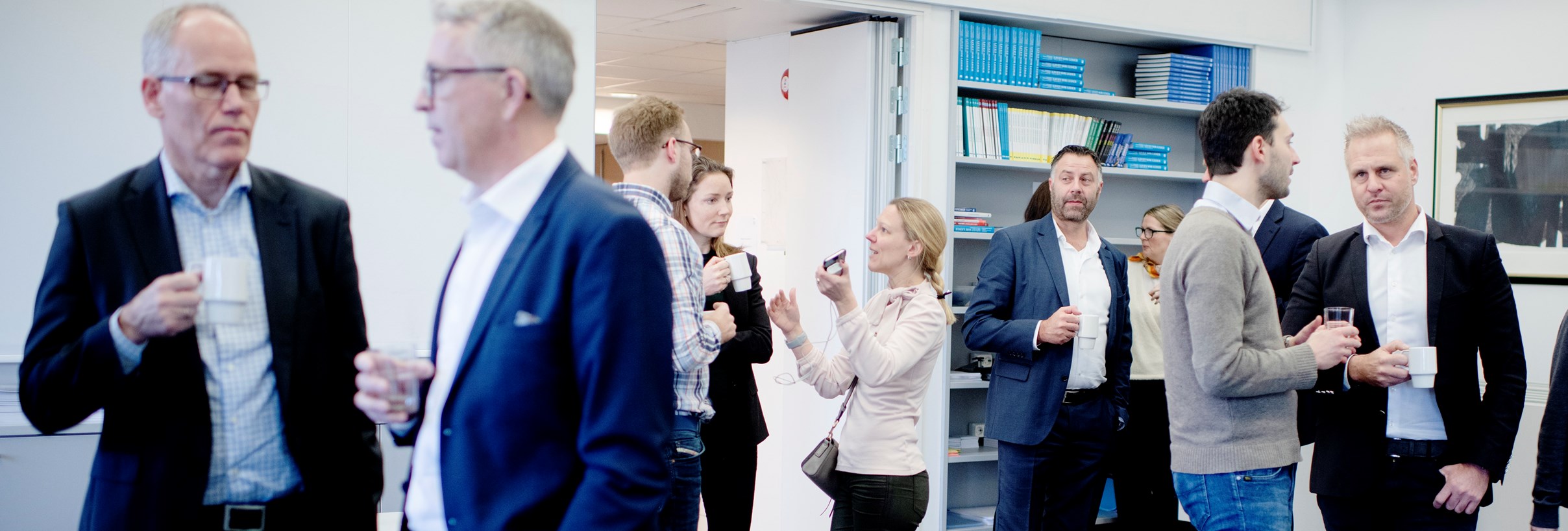
‘However, things are moving too slowly, and everyone can and must do much more,’ believes Gløersen. This applies not least to private equity, for instance, a sector which she believes has lagged behind the listed market with regards to sustainability. Fewer actors have implemented concrete targets for reducing emission across companies, or measure and report companies’ carbon emissions to investors.
‘The scope of opportunity provided by sustainability has become much more evident in the last few years. When the vegan meat company Beyond Meat became a listed company earlier this year, the share price exploded due to the massive interest from investors,’ concludes Gløersen.
Frances Eaton participated from the newly-established, state investment fund Nysnø Klimainvesteringer. She believes that more investors making use of tools to map sustainability and climate risk in their portfolios is of great value.
‘I think we can learn so much from each other and release a lot of potential if capital pulls in the same direction. One of the Paris Agreement’s main goals is to shift the world’s capital flow to greener solutions,’ says Eaton.